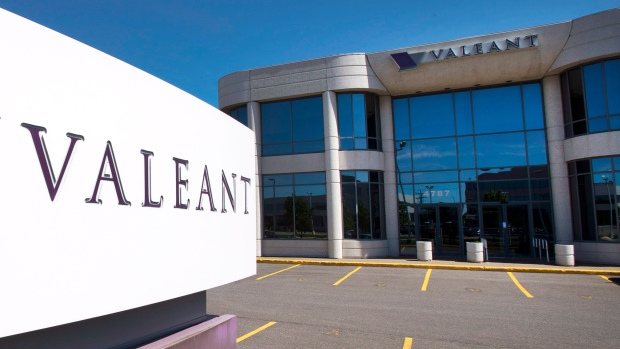 The disease, not the cure
The disease, not the cure
In our last post, we talked about the tangle Valeant got into with its banks over financial reporting delays. But the company’s problems didn’t end with the banks, and the banks weren’t the only creditors affected.
On April 12, Centerbridge Partners, a fund that specializes in distressed debt investing, called a financial reporting default on $1 billion of bonds. Ten days later holders of four other Valeant bonds totaling $6.4 billion piled on with their own default notices. Valeant cured all of the bond defaults when it issued certified financial statements for fiscal 2015 on April 29.
But for many investors, Valeant’s reporting troubles were more than a technicality. The company has $8.6 billion in what it calls “Tranche B Term Loans.” These are delayed-maturity, floating-rate, secured loans that are popular investments for collateralized loan obligations (“CLOs”). CLOs are debt securities backed by pools of corporate loans.
Valeant’s Tranche B Term Loans are the most widely held investment among CLOs. In some CLOs Valeant’s loans account for as much as 4% of total investments. Those loans traded at around 94 cents on the dollar recently.
The discounted price of the loans is a problem for CLOs, which are “overcollateralized” to make sure they can service their own debt. This means the value of the loans CLOs hold must exceed the value of the bonds it has issued. If the funds sold their Valeant loans at current prices, they would cut into their overcollateralization cushion, which is already under stress from a broad decline in energy sector loan prices.
Deja vu all over again
Valeant got into a whole new reporting delay mess when it got a notice of default from bondholders first on May 19 and again on June 2 for not filing its first quarter financial report on time. Originally the report was due on May 10. But the Philidor problems that delayed Valeant’s annual report also held up the first quarter report.
When the banks extended the annual report deadline to May 31, they also extended the first quarter report deadline to July 31. But the bondholders did not. By declaring their own default the bondholders now have more power to bargain for fees or other concessions in return for waiving the default.
The bonds give Valeant 60 days from notice to cure a reporting default, so the company has until July 18 to file its quarterly report. Valeant says it expects to file the report by June 10, so it should avoid trouble yet again. But if for some unforeseen reason it misses the cure date, it could be in serious trouble.
That’s because of a common feature in bank loans and bonds called “cross default.” Cross default is a provision in a bond indenture or loan agreement that puts the borrower in default on that debt if it is in default under any other debt. In other words, get in trouble on one piece of debt, and you’re in trouble on all the others. And once a cross default occurs the bondholders and banks can accelerate.
To escape the risk of cross default and acceleration, Valeant my be willing to negotiate a waiver with its bondholders. That’s likely to be expensive, judging by the the $66 million in fees and 1.00% increase in interest rates it paid the banks to waive the earlier reporting default. And it will be time-consuming.
What’s the point?
That’s a distraction Valeant doesn’t need. Management needs to focus on improving liquidity and financial flexibility and on fixing a business model that is under increasing regulatory assault, not on dealing with creditors using the threat of default to jockey for position. And, faced with oil and gas problems and emerging markets turmoil, the loan market doesn’t need the disruption caused by Valeant’s continual flirtation with default.
